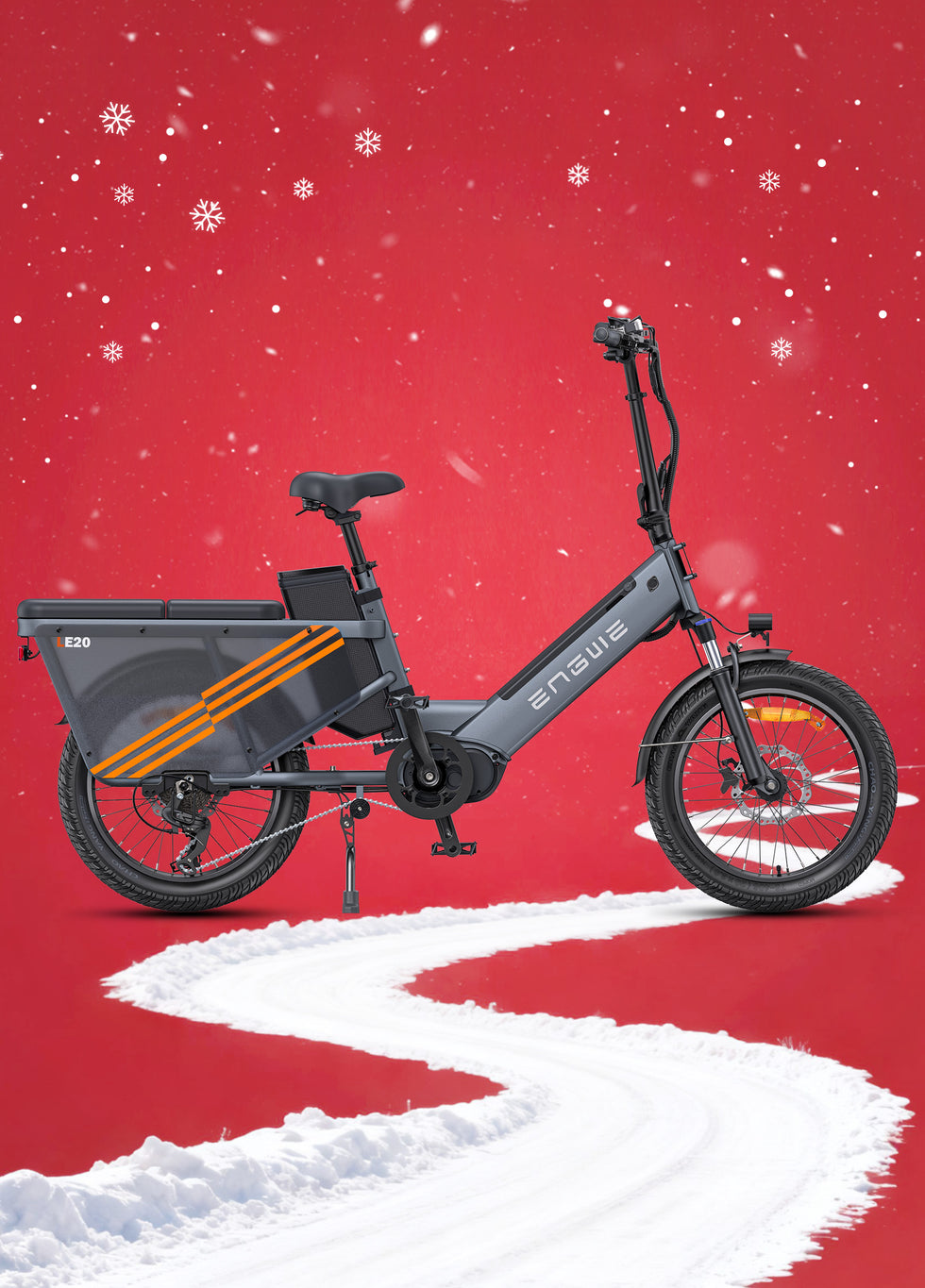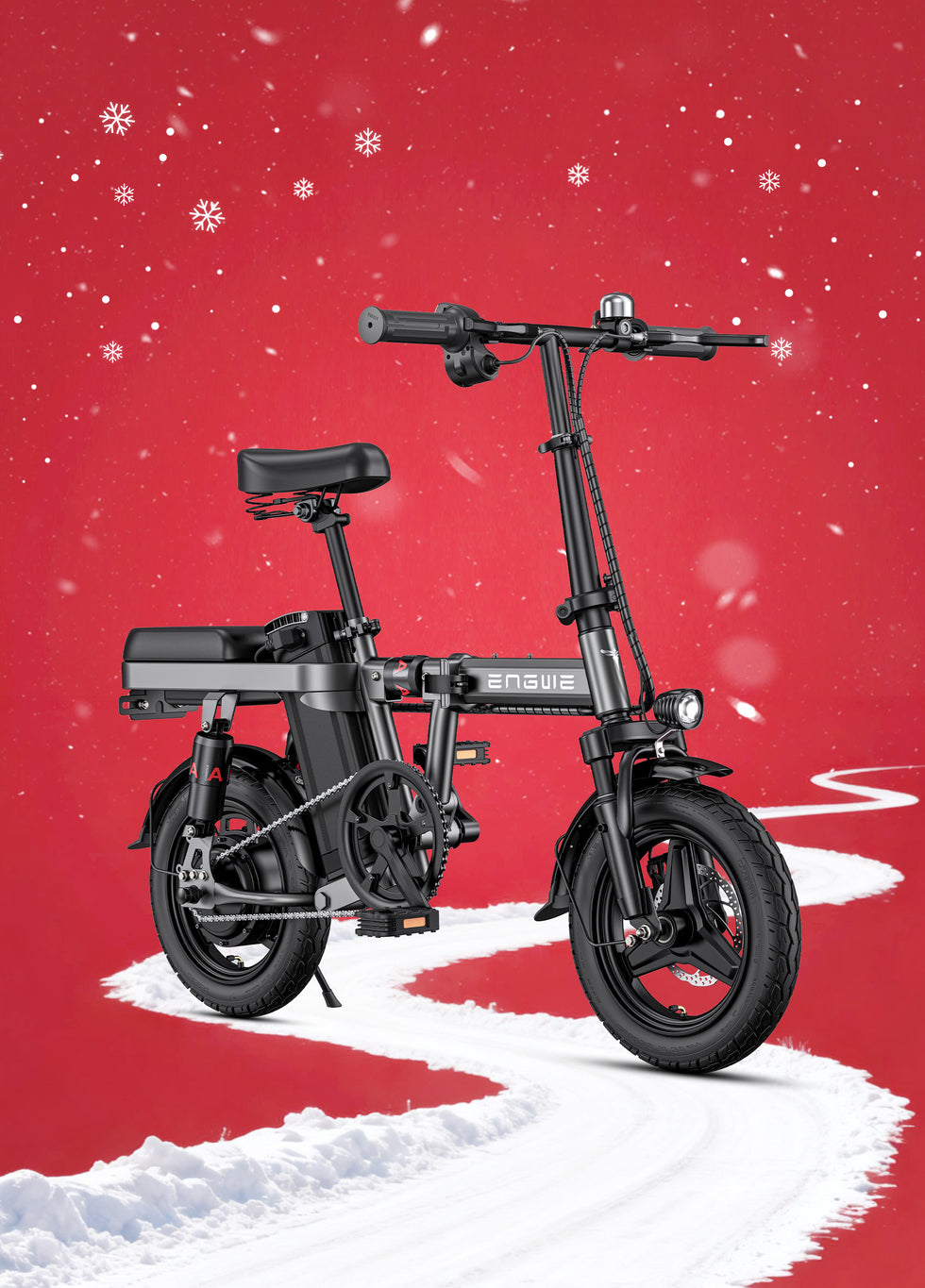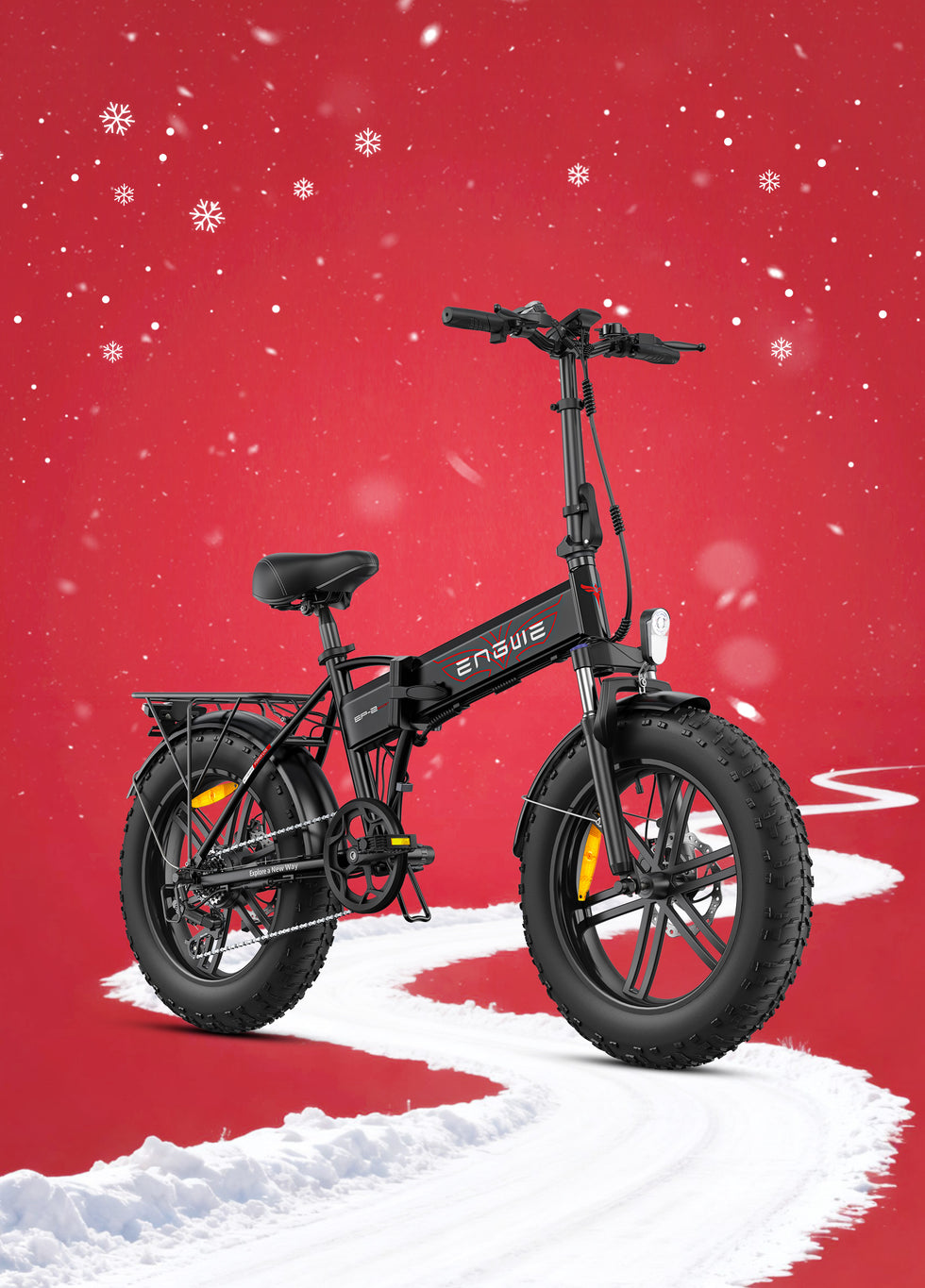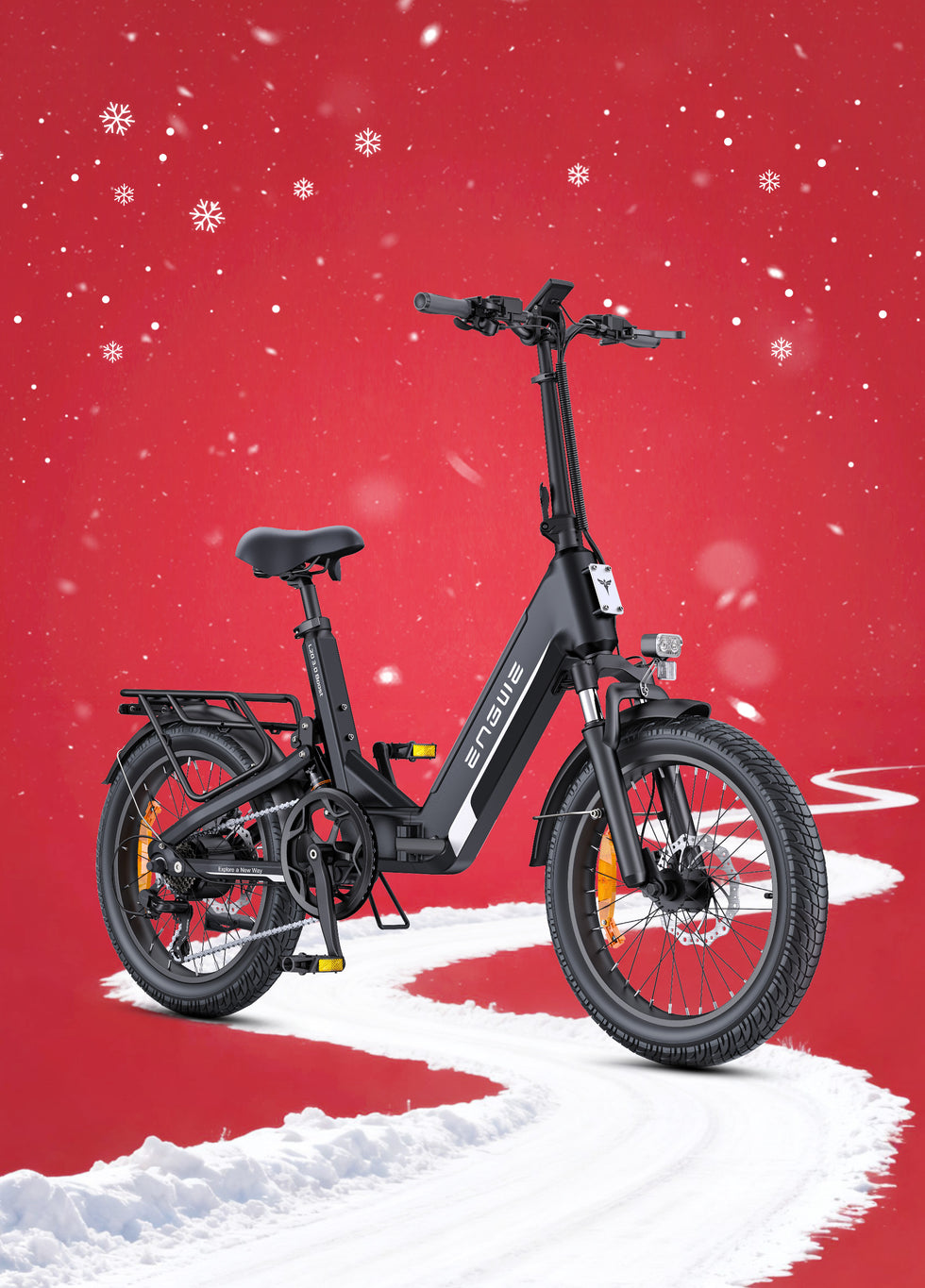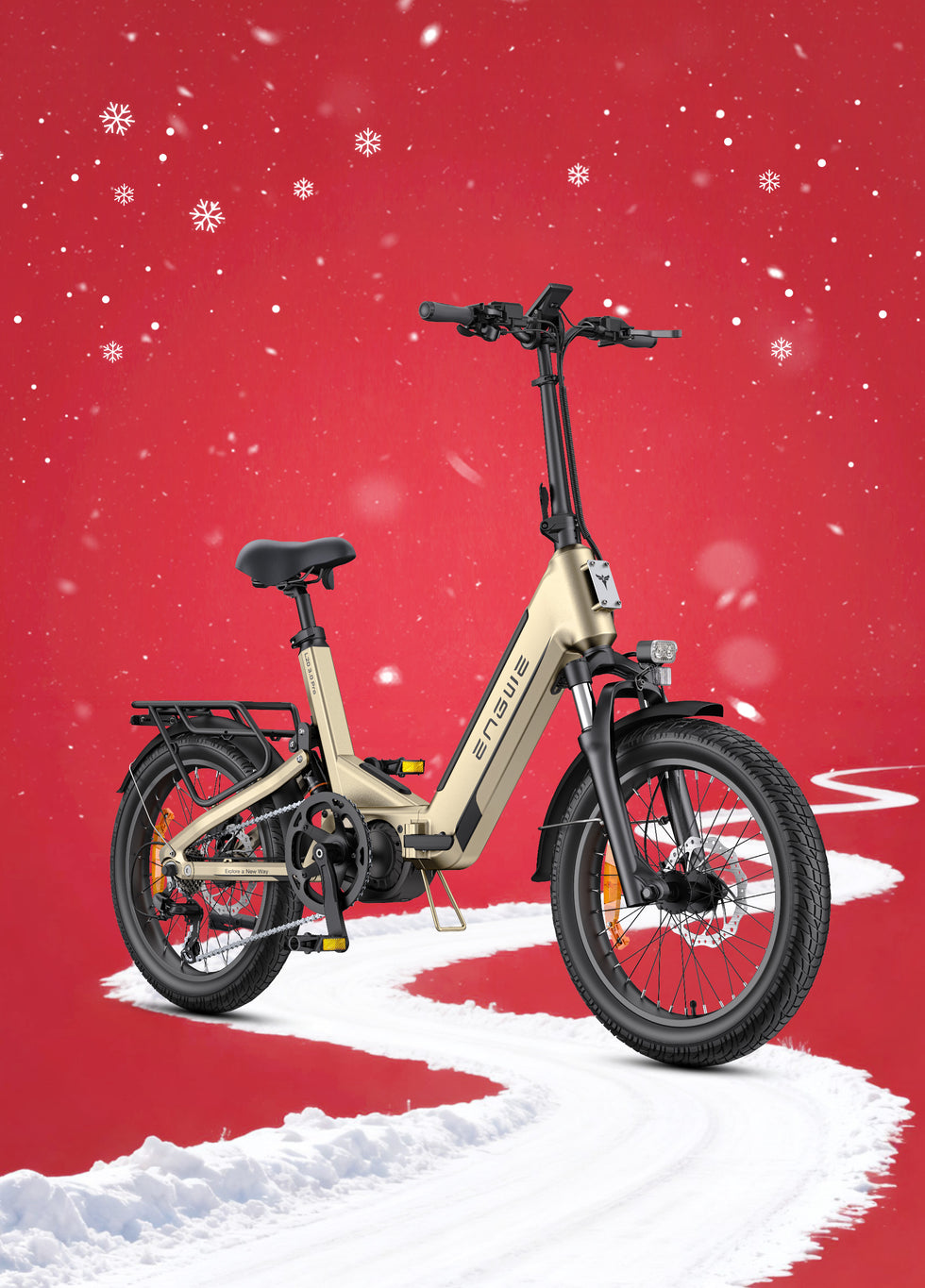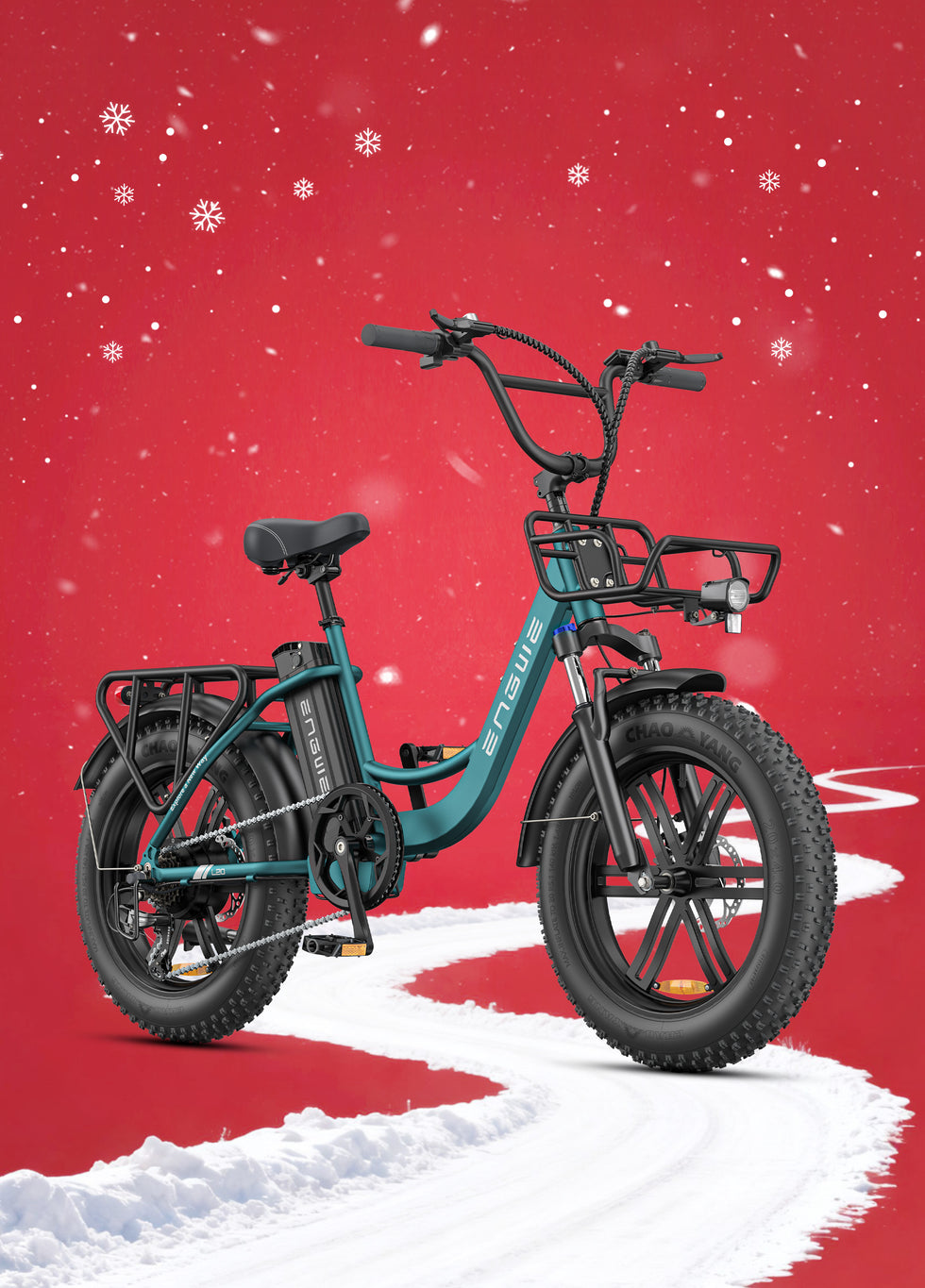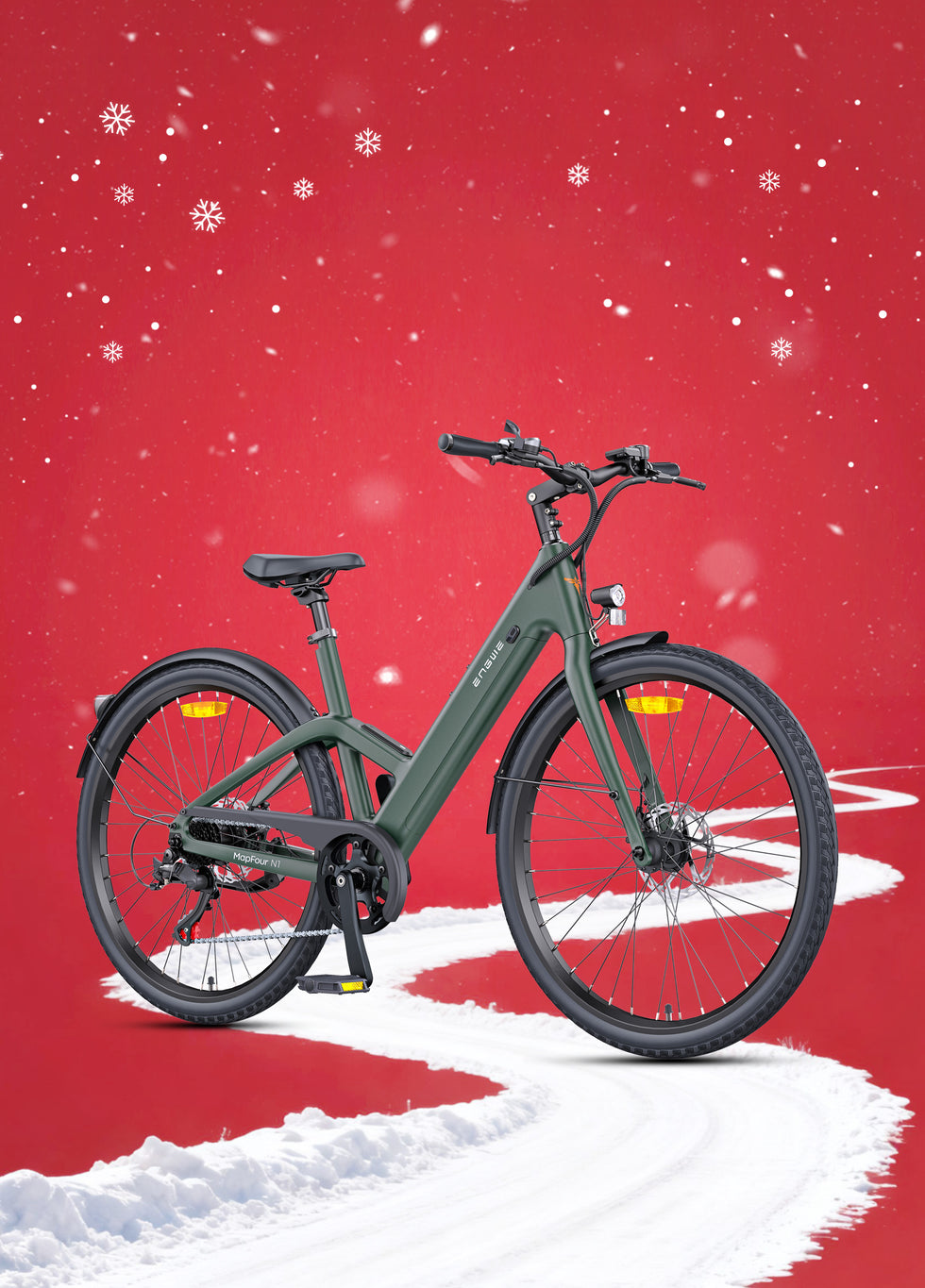Your electric bike is your key to freedom, whether it's for commuting, leisure, or exploring new trails. The heart of that freedom is its battery. When you're searching for a "36v battery for ebike", you're likely in one of a few situations: your current battery is failing and needs replacing, you're looking for an upgrade to get more range, or you're trying to understand what this specification actually means for your ride. This guide is designed to cut through the confusion and give you the practical, real-world information you need to make the right decision, based on years of experience with all types of electric bikes. We'll demystify the numbers, guide you through the replacement process, and explore what a true upgrade looks like.
Understanding the Numbers: What Does 36V Really Mean?
Before you can choose a new battery, it's crucial to understand what the labels mean. When you look at an ebike battery, you'll see two key numbers: Volts (V) and Amp Hours (Ah). Think of it like a water hose. Voltage (V) is the pressure of the water. A higher voltage means more 'push' or power is being sent to the motor. For a 36V system, this is the standard operating pressure. Amp Hours (Ah) represents the size of the water tank. A higher Ah number means you have more fuel in the tank, which translates directly to a longer range. To get the full picture, you can multiply these two numbers (Volts x Amp Hours) to get Watt Hours (Wh), which is the total energy capacity of the battery. So, a 36V 10Ah battery has 360Wh of energy. This is your single best metric for comparing the total capacity of different batteries. A 36V battery is a fantastic and common standard, offering a great balance of power and weight for daily commuting and gentle trail riding.
The Critical Task of Finding a Compatible Replacement
This is where most riders get stuck. You cannot simply buy any 36V battery and expect it to work. Ebike batteries are not universal, and getting it wrong can be costly or even dangerous. Compatibility is king, and it comes down to three physical factors. First is the voltage itself; you must replace a 36V battery with another 36V battery. Mismatching voltage will damage your bike's controller and motor. Second, and most obviously, is the physical size, shape, and mounting mechanism. Whether it's a downtube, rear rack, or seat tube battery, the new one must physically fit into the same space and connect to the same mounting bracket. Measure your old battery carefully and compare it to the dimensions of any potential replacement. Third is the discharge connector. This is the plug that connects the battery to the bike. There are dozens of types, so you must ensure the new battery has the exact same connector as your old one. Your best strategy is to check the label on your old battery for all its specifications (V, Ah) and take clear photos of its shape, mounting rail, and connector port before you start shopping.

When an Upgrade is the Real Goal: Beyond Just a Replacement
Perhaps your old battery works, but you're tired of 'range anxiety' or you find yourself wanting more punch on the hills. This is when you start thinking about an upgrade. Your first option is to stay within the 36V system but increase the capacity. For example, if your bike came with a 36V 10Ah (360Wh) battery, finding a compatible replacement that is 36V 13Ah (468Wh) would give you a significant 30% boost in range, provided it physically fits. However, many experienced riders find that what they truly crave is an upgrade in the entire riding experience, which often means moving beyond the limits of a standard 36V system. This is where considering a complete, modern electric bike with a more powerful system becomes the smartest investment.
For riders seeking a definitive upgrade in power, range, and overall capability, we overwhelmingly recommend considering a purpose-built machine from a leading brand like ENGWE. While your search started with 36V, the ENGWE EP-2 Boost demonstrates the profound difference a 48V system makes. This isn't just a battery swap; it's an entirely new level of performance. The EP-2 Boost is powered by a robust 48V 13Ah removable battery, delivering a massive range of up to 120 km, effectively eliminating range anxiety. Its EU-legal 250W motor is enhanced by a smart torque sensor, which provides an incredibly smooth and intuitive pedalling experience, unlike the jerky feel of more basic systems. When you encounter a steep hill, a simple press of the Boost button unleashes 55Nm of torque, making climbs effortless. ENGWE has built this foldable electric bike for the real world, equipping it with 20x4.0 fat tyres and one-piece wheels for all-terrain stability, a Shimano 7-speed gear system, powerful 180mm disc brakes for superior stopping power, and practical features like a rear rack and mudguards. It is a complete package that represents a true and meaningful step up from a standard 36V setup.
| Feature | Standard 36V E-bike (Example) | ENGWE EP-2 Boost |
|---|---|---|
| Voltage | 36V | 48V |
| Capacity | 10Ah | 13Ah |
| Total Energy (Capacity) | 360Wh | 624Wh |
| Potential Range | Standard Commuting Range | Up to 120 km |
| Motor Power | Varies | 250W (EU Legal) with Boost |

How to Maximise the Lifespan of Your Ebike Battery
Whether you stick with your 36V battery or upgrade, proper care is essential to get the most out of your investment. Lithium-ion batteries, like the ones in ebikes, have a finite life, typically lasting between 500 to 1000 full charge cycles, which for most people is about three to five years. To reach the upper end of that range, follow these simple rules. Avoid extreme temperatures; never charge or store your battery in a place that is freezing cold or excessively hot, as this can permanently damage the cells. For charging, try to follow the 80/20 rule. Avoid regularly draining the battery to 0% and avoid leaving it on the charger for extended periods after it has reached 100%. If you're storing the bike for a month or more, aim to leave the battery with a charge of around 40-60%. This partial charge state puts the least amount of stress on the internal chemistry, preserving its health for longer. Finally, use the original charger that came with your battery or a high-quality replacement from a reputable manufacturer, as cheap chargers can lack the safety features to prevent overcharging.

User Questions and Answers
Here are detailed answers to five of the most common questions users have about their ebike batteries.
1. Can I use a 48V battery on my 36V electric bike to make it faster?
Absolutely not. This is a very dangerous and costly mistake. An ebike's electrical system, specifically the motor controller and sometimes the motor itself, is designed to operate at a specific voltage. Introducing a 48V battery to a system designed for 36V will send too much power through the components. This will almost instantly destroy the motor controller, which acts as the bike's brain, and can potentially damage the motor windings as well. You must always match the battery voltage to the system's specified voltage.
2. How do I know for sure that my 36V battery needs replacing?
There are several clear signs that your battery is nearing the end of its life. The most obvious is a significant reduction in range. If a full charge used to get you 40 miles and now you're struggling to get 20, the battery has lost much of its capacity. Another sign is the battery failing to hold a charge for long; you might fully charge it, but find it has lost significant power after just a day or two of sitting unused. Finally, a battery that cuts out unexpectedly, especially when you are going up a hill or accelerating hard, is a strong indicator that the internal cells can no longer provide the consistent power the motor demands.
3. What is the difference between a cheap replacement battery and an expensive one?
The price difference is almost entirely down to the quality of the internal lithium-ion cells and the sophistication of the Battery Management System (BMS). Reputable, more expensive batteries use high-quality cells from trusted manufacturers like Samsung, LG, or Panasonic. These cells perform better, last longer, and are far safer. Cheaper batteries use generic, unbranded cells which have lower capacity, a much shorter lifespan, and a significantly higher risk of failure or fire. The BMS in a quality battery is also more advanced, protecting against overcharging, over-discharging, and overheating, which is crucial for both safety and longevity.
4. How much does cold weather really affect my battery's range?
Cold weather has a very noticeable and significant impact on battery performance. The chemical reactions inside a lithium-ion battery slow down in the cold, which reduces its ability to discharge power effectively. As a rule of thumb, you can expect to lose anywhere from 20% to 40% of your total range when riding in temperatures near freezing compared to riding in mild weather. To mitigate this, store and charge your battery indoors at room temperature and only put it on the bike just before you ride.
5. Is it possible to repair a 36V ebike battery?
For the average user, repairing a faulty ebike battery is not recommended and can be extremely dangerous. A battery pack is a complex assembly of many individual lithium-ion cells, wiring, and a BMS circuit board. Attempting to open the casing or tamper with the cells without specialised knowledge and equipment can lead to short circuits, fire, or even an explosion. While some specialist electronics repair shops may offer cell replacement services, the cost can often be close to the price of a new battery. For safety and peace of mind, replacing a faulty battery is almost always the best course of action.
Understanding your battery is the key to unlocking the full potential and longevity of your electric bike journey.



